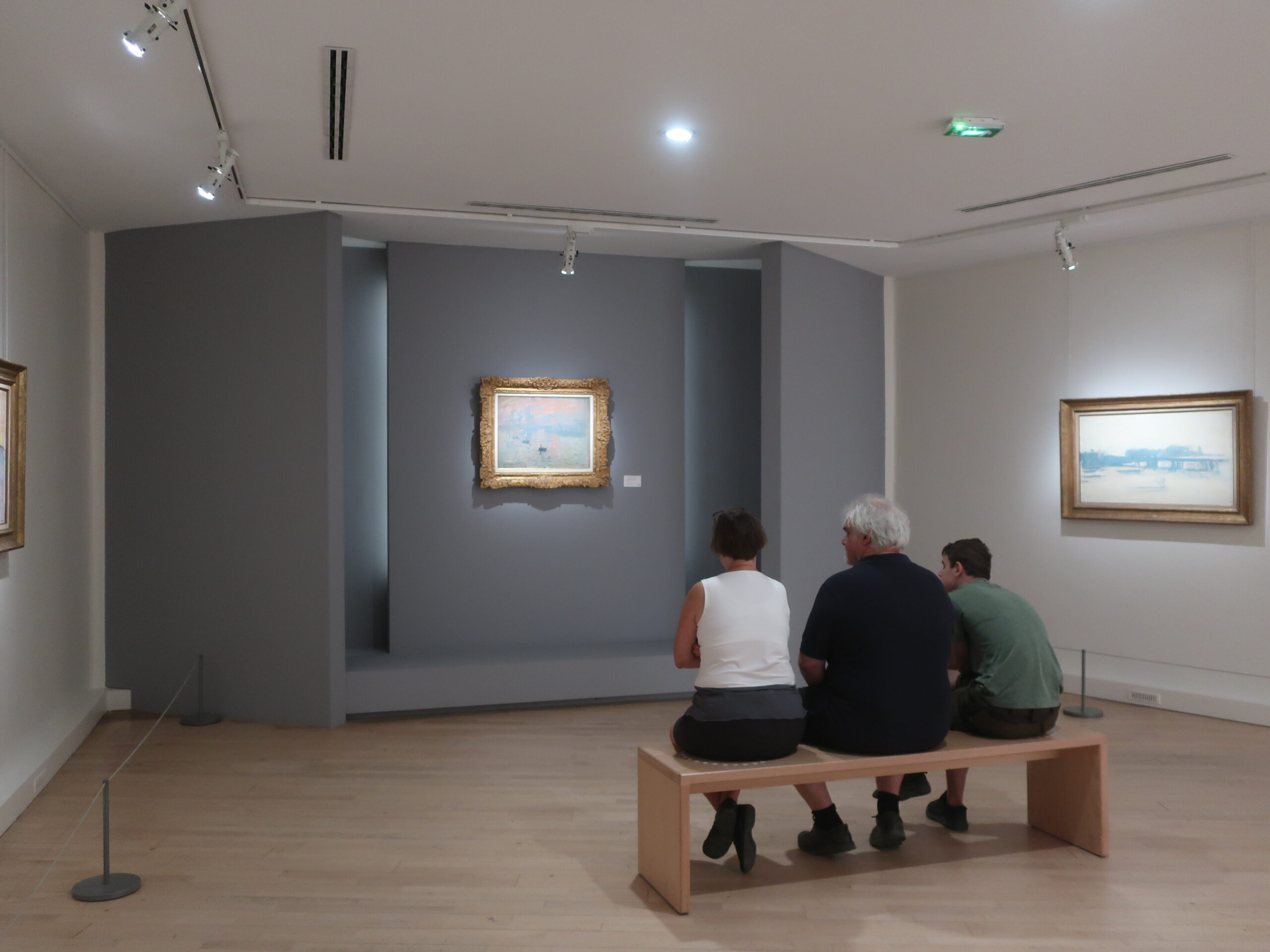(13) To Marmottan Monet Museum to see "Impression, Sunrise" by Monet, the beginning of Impressionism - my favorite painting in Paris.
I am Emile Zola'sProductionThe work of the French Impressionist painters sparked his interest in them.
This story is also Zola's autobiographical novel. The relationship between the protagonist, the painter Claude, and his close friend, the novelist Sandoz, is reminiscent of the relationship between the impressionist painter Cézanne and Zola.
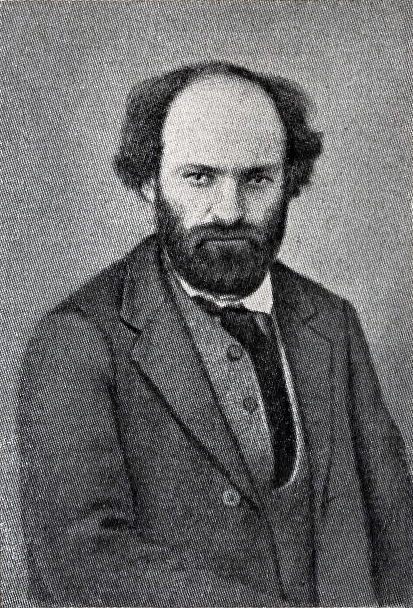
Cézanne is the master of Impressionism. Zola and Cézanne went to the same junior high school, and they kept in close contact with each other even after they left for Paris. Zola wrote many art critiques for the development of Impressionism, and Zola himself had learned a lot from the genius Cézanne. In a sense, the two were allies in opening up the art world.
This connection between Zola and the Impressionists led to my interest in their paintings.
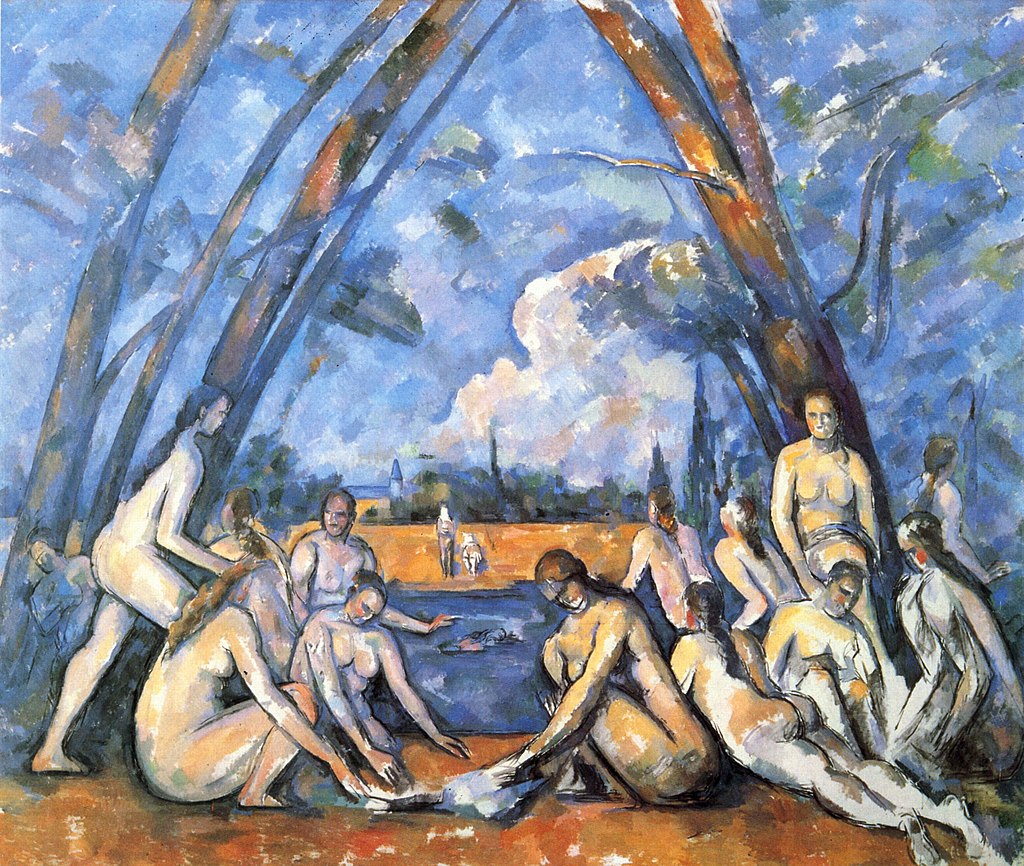
But Cézanne's paintings were honestly quite a hurdle for me. I was not yet familiar enough with these paintings to take a quick look and say, "Oh, that's nice.
So when I was looking for a good introductory book on French Impressionism, I came across this one by Taiji Kimura.The Revolution of Impressionism.The book was called.
This book explains the process of the birth of Impressionism and its significance, going back to the movements of the French art world before Impressionism. The book is filled with easy-to-understand explanations of how France came to be called the capital of art, the structure of the Paris art world, and more.
Above all, I appreciate the introduction of representative paintings by period in color. By looking at the paintings while reading the explanations, the characteristics of the paintings become clear at a glance. This is a wonderful book.
Thanks to this book, I became acquainted with a variety of Impressionist paintings.
Of these, I was most impressed by Claude Monet's "Impression, Sunrise.

For some reason, I was drawn to this painting I saw in a book. It is also the painting that started the name "Impressionism.
If so, I would like to see the original. So I headed for the Marmottan Monet Museum, where this painting is on display.
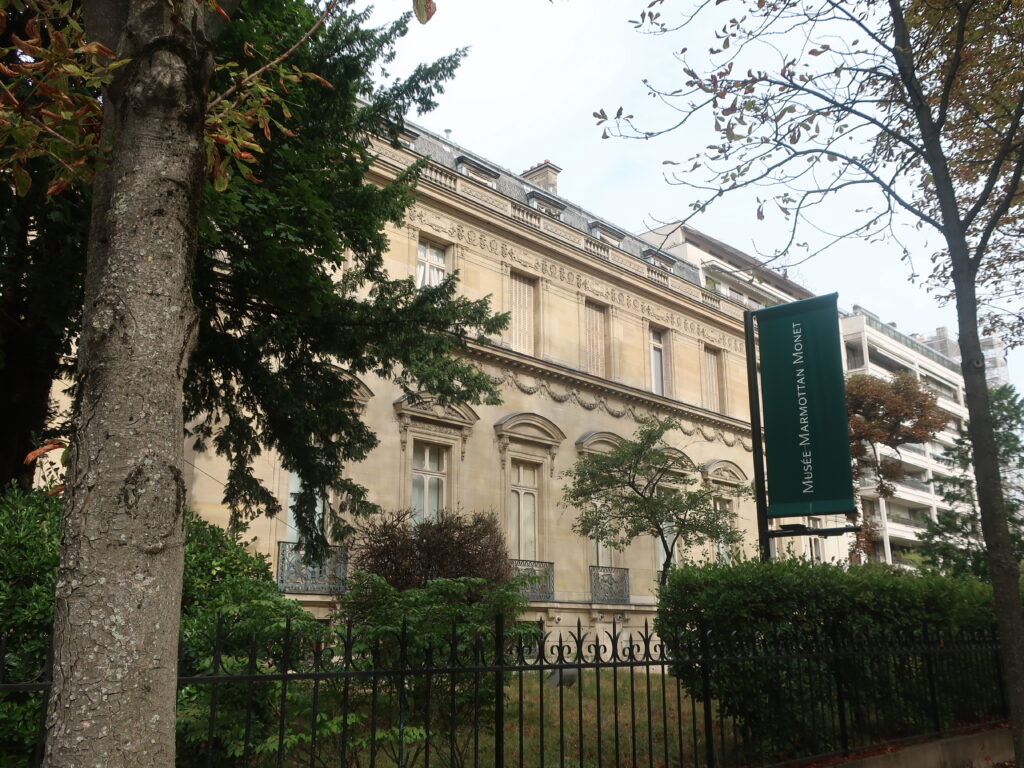
The Marmottan Monet Museum is located on the west side of Paris, near the Forest of Boulogne. It is also close to Balzac's house, which we introduced earlier.
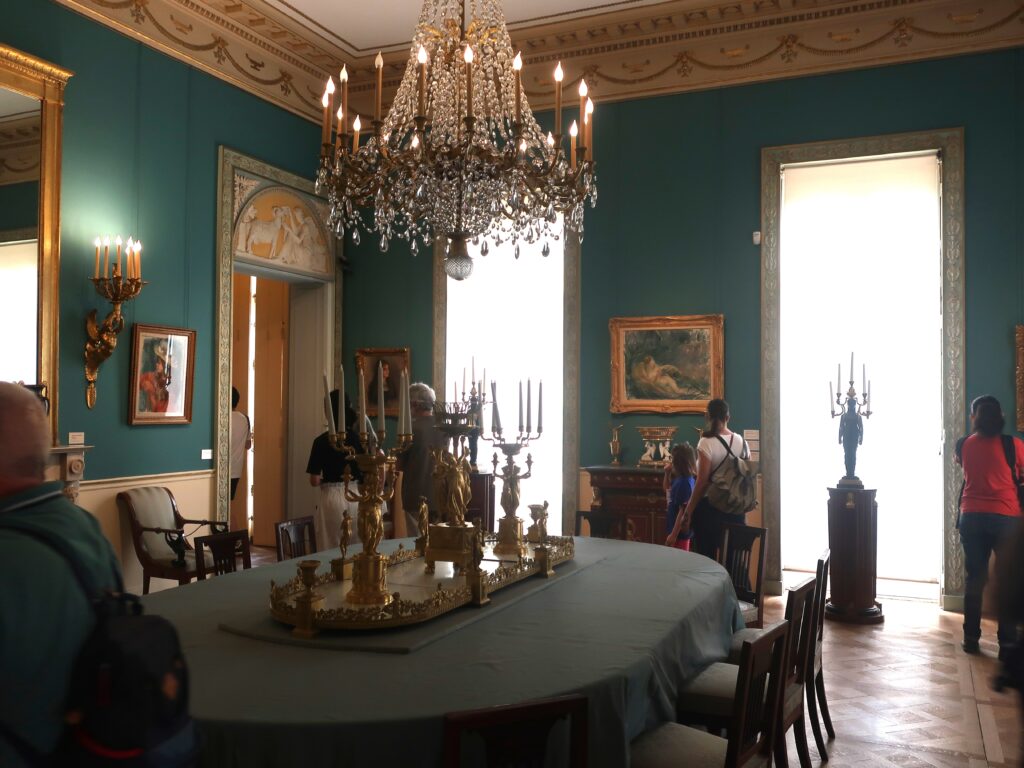
The inside of the museum resembles a luxurious mansion, and its walls are decorated with Impressionist paintings and many other masterpieces. I came here for Monet's "Impression, Sunrise," so I could not spend much time here, but there are many Impressionist masterpieces on display here as well, so I think there are many things to see.

And as I went down the stairs, that "impression/sunrise" jumped right in front of me. Oh...!" I couldn't help but let out an unintentional "Oh...! I could finally meet that painting.

It is smaller than I had imagined. Let's get a little closer.
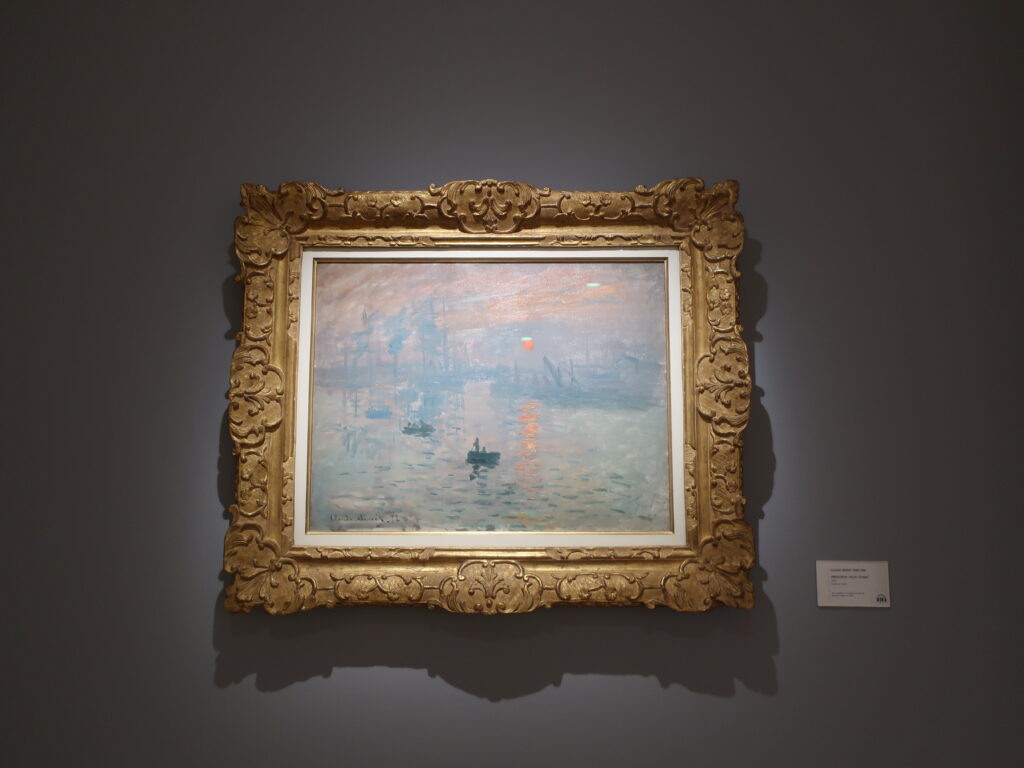
Hmmm, wonderful..! The real thing is even better than I imagined!
At a quick glance, it may appear to be a blurry, ordinary picture. But they are not. When you look closely, you can see that each brushstroke is painted with a terrifying intent.
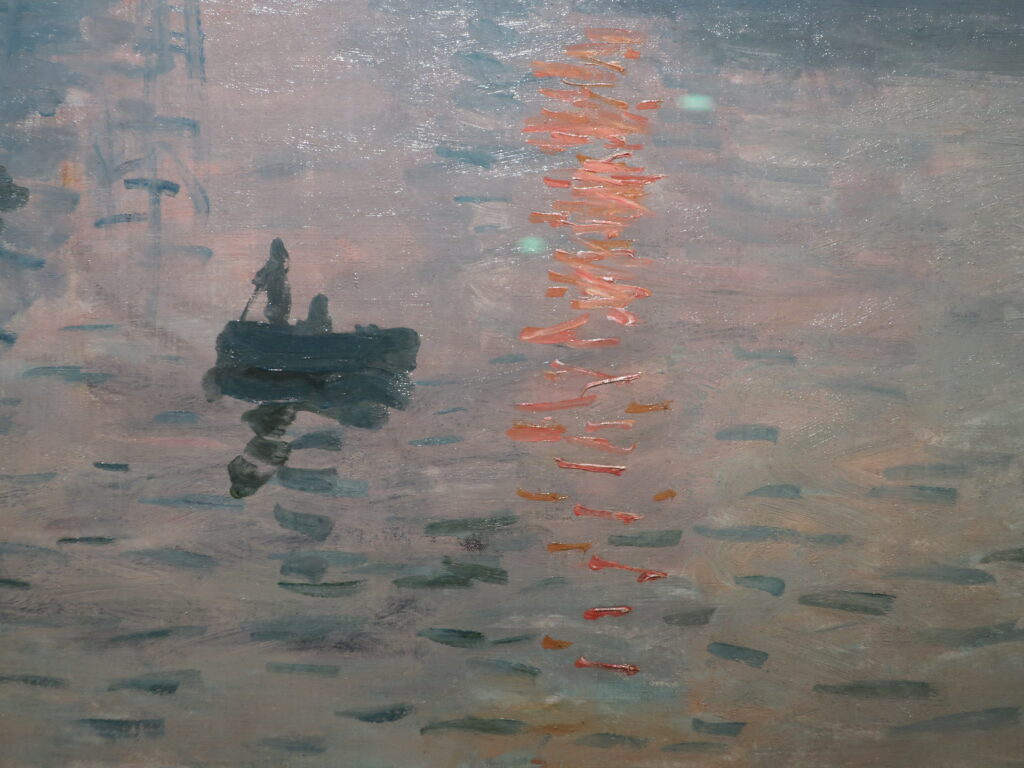
The orange rays of light reflected on the surface of the water were drawn like this when viewed up close. It may look as if the rays were just a few lines drawn at random. However, when viewed from a distance, the lines blur and blend perfectly with their surroundings, forming a gradation. Moreover, Monet must have calculated that the lines look different depending on the thickness of the paint. The painting is flat when seen in a photograph, but the original is three-dimensional.
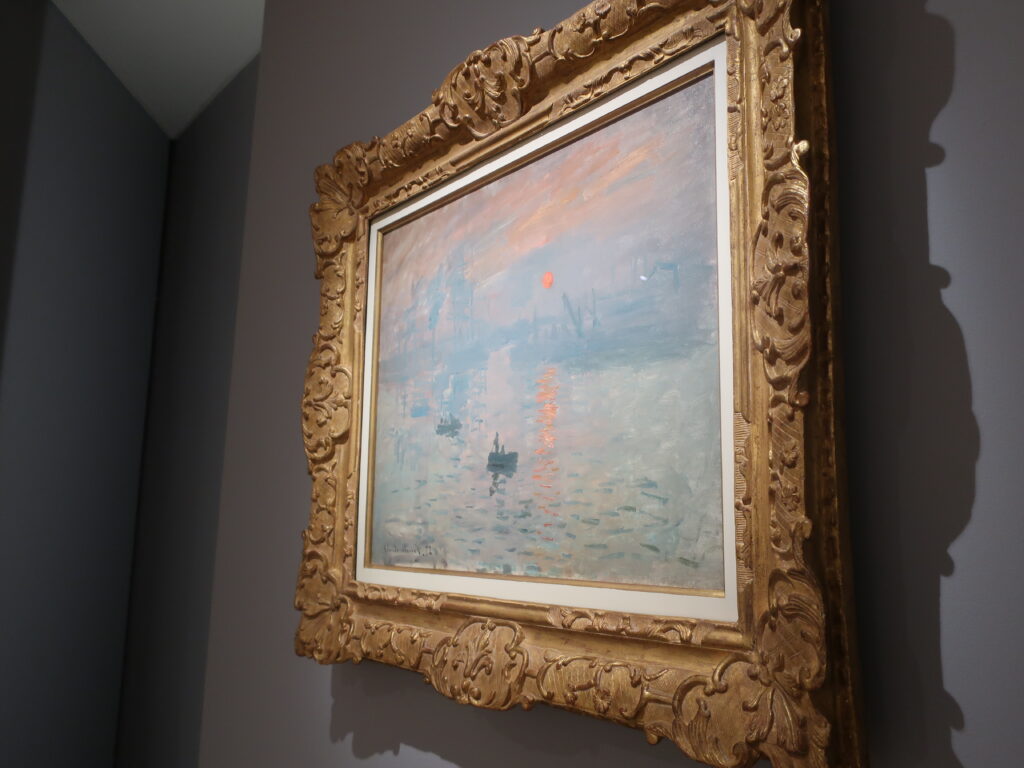
The three-dimensionality is especially apparent when viewed up close from an angle like this. I think it is difficult to convey this in a photograph, so when you see the original, please give it a try.
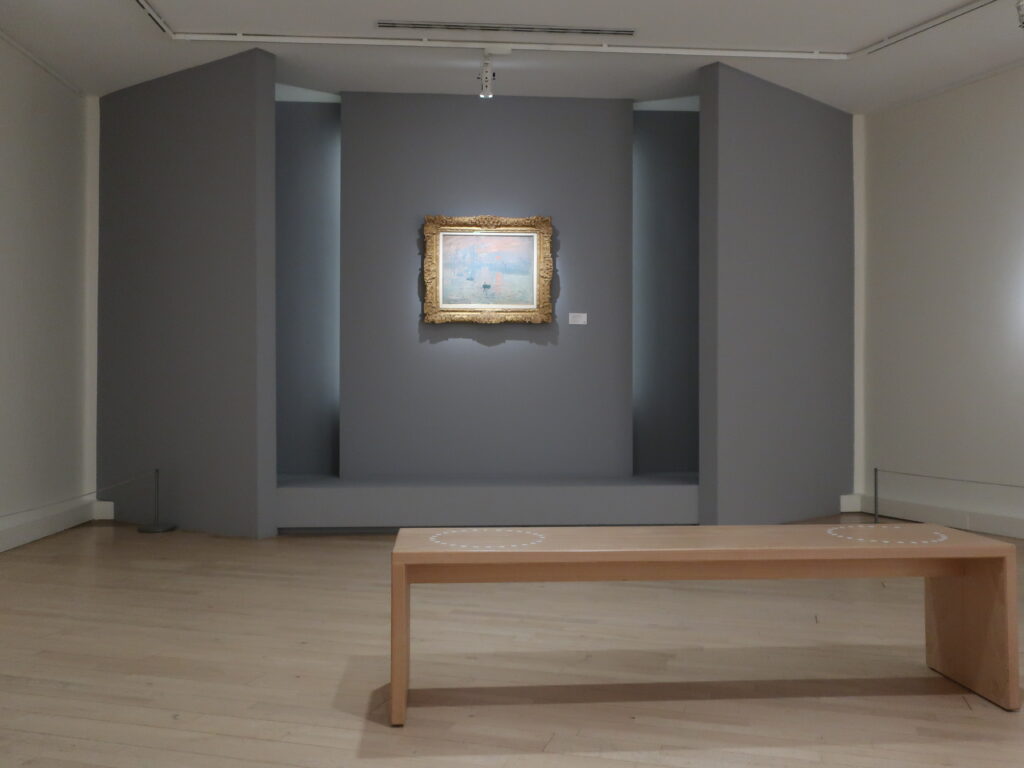
And what I thought this museum was indeed impressive was the position of the chairs. I have been looking at this painting for a while from various distances and angles, and I think this position of the chair is the most beautiful distance.
As we saw earlier, Monet's touch is that distance that blurs exquisitely and blends in with its surroundings. That is what we have here.
There are no outlines in "Impressions, Sunrise.
But isn't that exactly how we see human vision as well? We see the world by integrating our brain's impression of it as a whole, rather than as clear lines.
Vision is caused by the reception of light. So how do we receive light? What is the world that we see in front of us?
I once came to know these explorations through the Dutch painter Vermeer.
Vermeer, like a scientist, studied the effects of light and incorporated them into his paintings. His works are truly worthy of being called the art of light.
Learning about his paintings led me unexpectedly to this "Impression, Sunrise".
Although Monet was more than 200 years after Vermeer, they may have something in common in terms of their exploration of light.
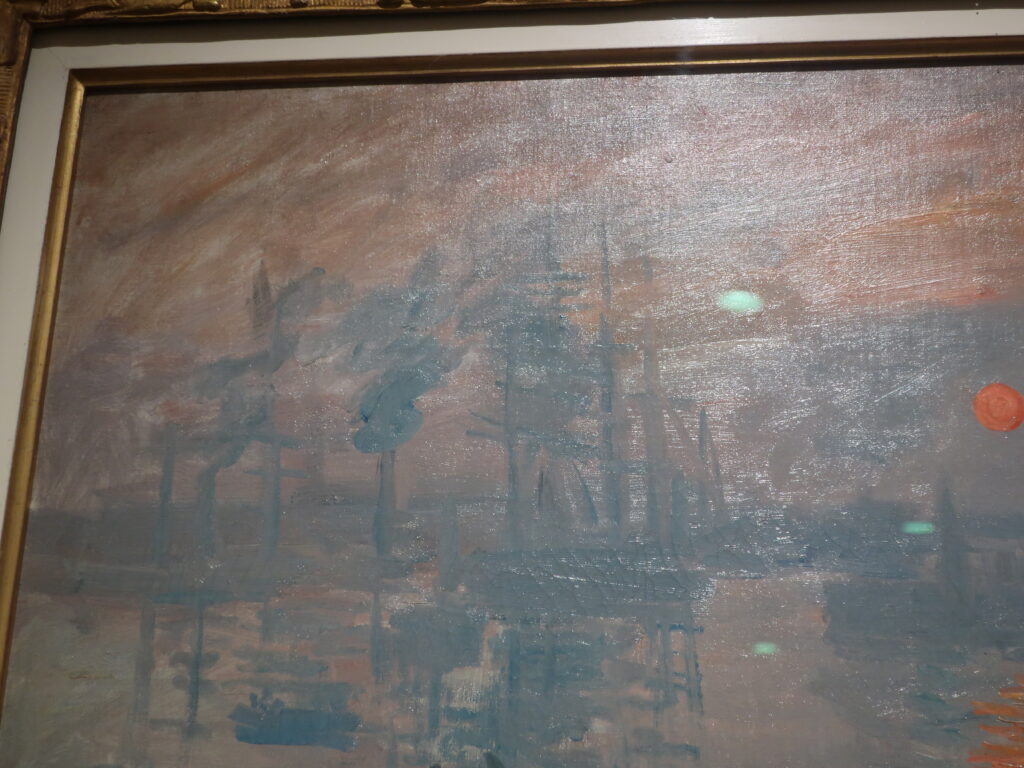
Looking again at the details of the painting, this sky and sea also show a very clear flow of brush strokes. It is this flow that creates the exquisite effect when viewed from a certain distance.
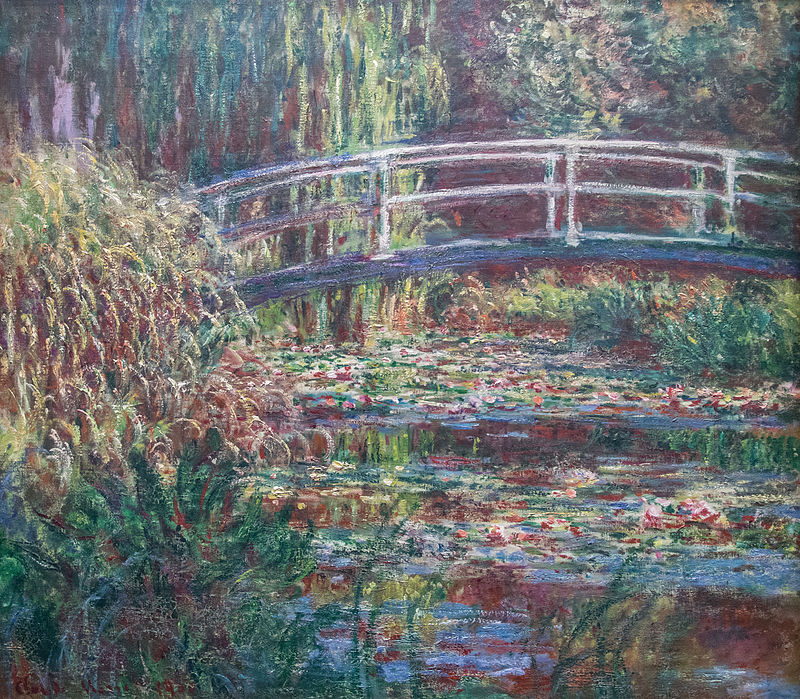
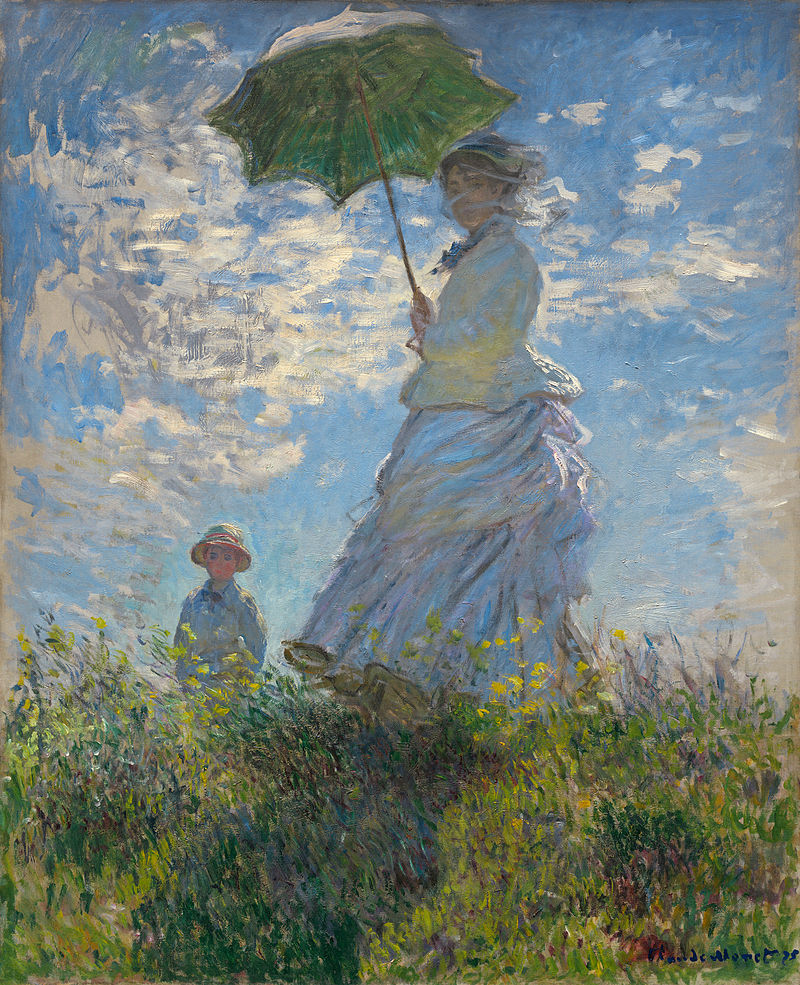

Claude Monet has many famous paintings, including "Waterlilies," "Woman with a Parasol," and "La Japonaise," but I still like this "Impression, Sunrise" the best.
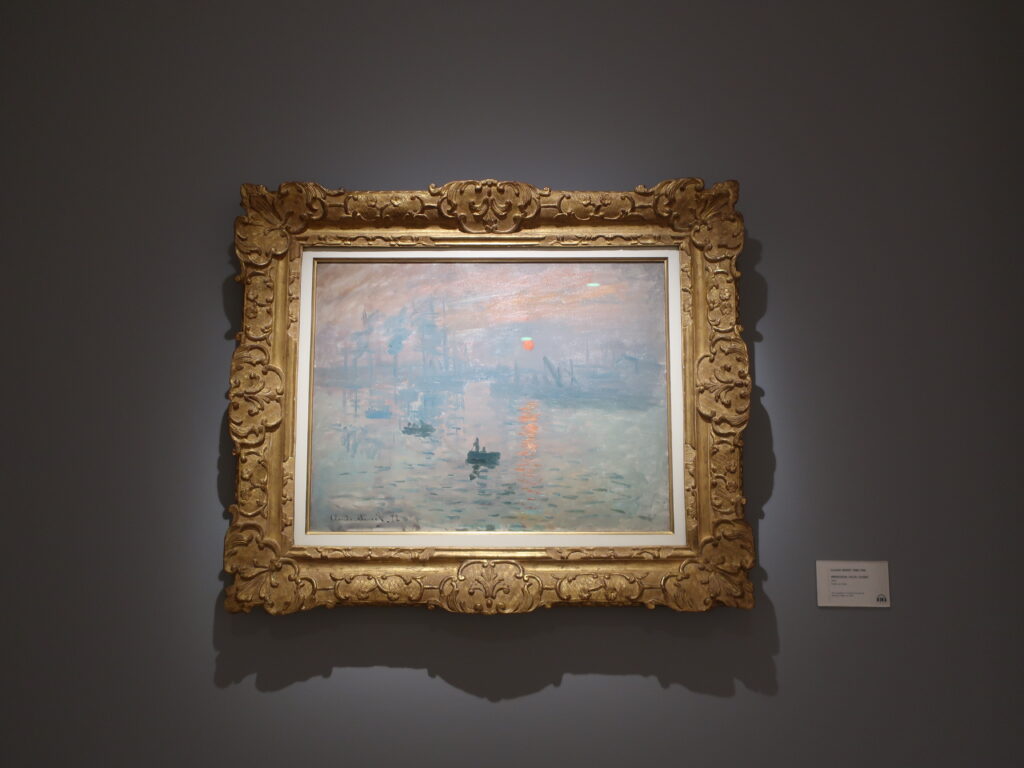
This picture is really strange. Although the whole picture is blurred, it is pleasant. The depiction of the setting sun and the reflection of its light is truly a masterpiece. For some reason, this picture has a mysterious charm that draws you in. I cannot put it into words any better than this.
Without a doubt, this is the painting I fell in love with the most in Paris.
Thankfully, unlike the Louvre and Orsay, this museum is not so crowded. So you can take your time and immerse yourself in your favorite works of art to your heart's content. I highly recommend this museum. I would be more than happy if you could take the time to enjoy "Impression, Sunrise" as much as possible.
be unbroken
Next Article.
Click here to read the previous article.
Related Articles











